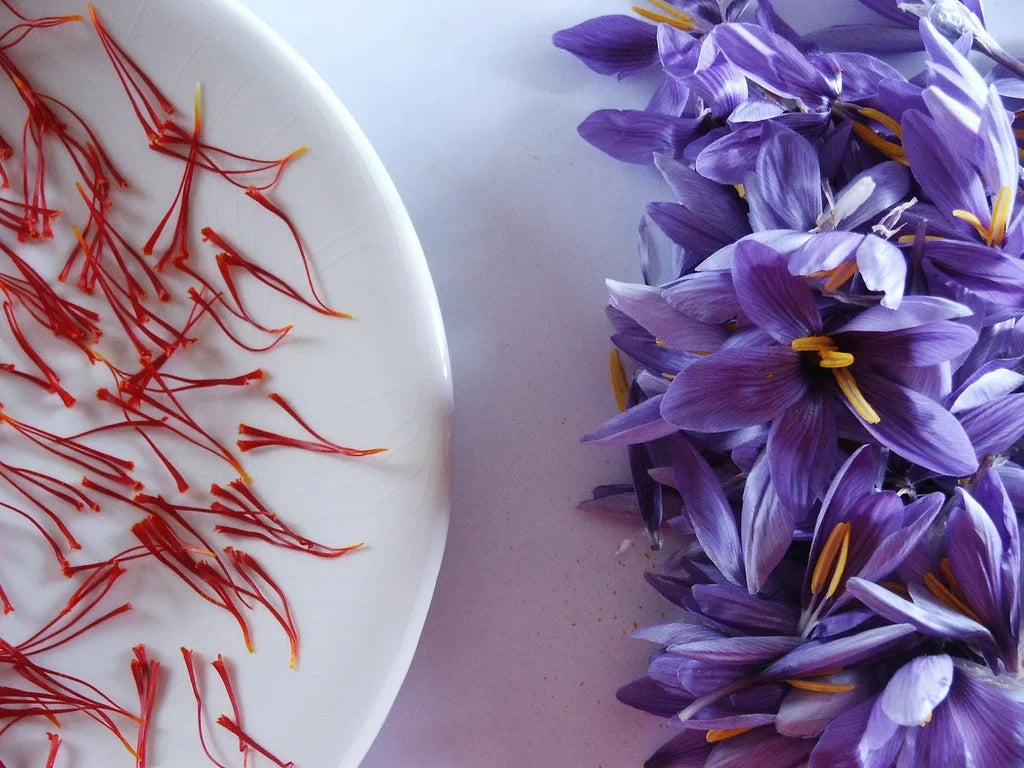Published date: May 2, 2021
When it comes to saffron, you have to seize the moment! Saffron harvesting lasts only 20 days and is done at dawn, before the stigmas open, to preserve its aroma. This happens between the end of October and the beginning of November. In order not to damage the pistils, the operations must be carried out strictly by hand by specialized collectors, who detach the three stigmas one by one.
It is estimated that over 160,000 flowers are needed to produce 1 kg of saffron, equal to approximately 68 kg of flowers.
In addition to making the most diverse dishes tasty, saffron powder is a mine of precious substances for the body: being one of the most powerful antioxidants, it fights free radicals, responsible for accelerating cellular aging. In addition, this spice promotes digestive functions, stimulating the digestive system.
Saffron is obtained from the plant “Crocus sativus”. The name Crocus comes from the Greek Kroke, which means “filament”, because of the filamentous stigmas that it bears in the center of the corolla.
It is a small herbaceous plant, 15 to 40 centimeters tall. It is grown in very loose soil, burying the bulbs at a depth of 5-8 centimeters and at equal distances from each other. The part of the saffron that interests us is the flower, in particular the stigmas. Each flower has an average of 3 stigmas that appear as red-orange filaments. The red of the stigmas, in contact with liquids, produces an intense yellow color that has made risotto alla milanese and any dish treated with saffron unmistakable.
Saffron stigmas contain over 150 volatile aromatic substances, components of its essential oil. This is composed of 4 main chemical substances that give it its specific organoleptic qualities: crocin and crocetin that give it its characteristic color, picrocrocin that gives it its bitter power and safranal that gives it its unmistakable aroma.
Furthermore, the latter is an organic compound capable of positively influencing brain activity. For this reason, it is used in herbal medicine in the treatment of mood disorders.




